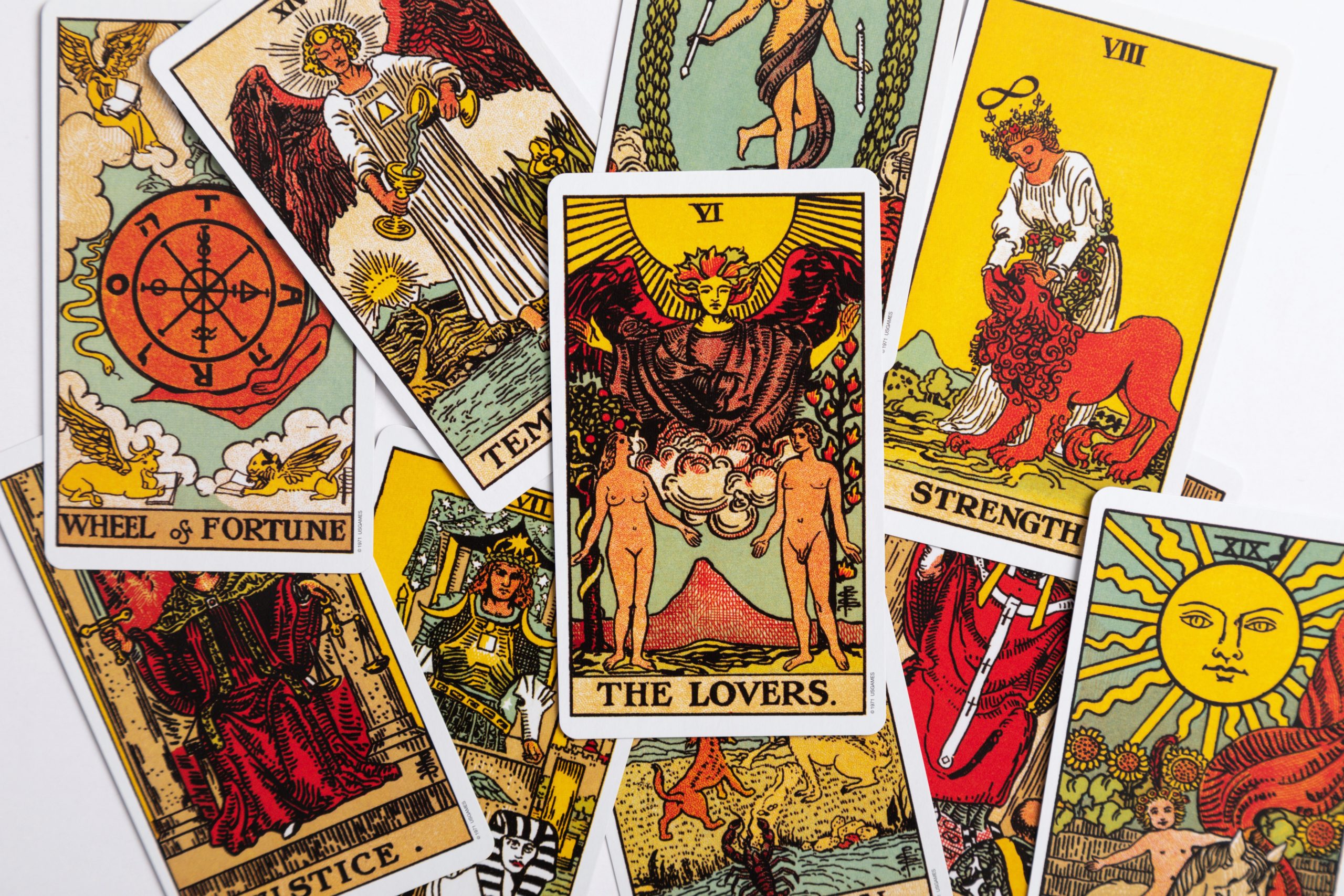Does the Moon Circle the Earth?
The moon has long captivated the human imagination with its ethereal beauty and mystical qualities. As we gaze up at the night sky, our eyes are often drawn to the silvery orb that appears to surround us. But does the moon really circle the Earth? In this detailed blog post, we will explore the intriguing relationship between our planet and its natural satellite.
To understand the moon’s movement in relation to the Earth, we need to delve into the realm of astronomy and celestial mechanics. The concept of celestial bodies orbiting around each other dates back to the time of Newton, who formulated the laws of motion and universal gravitation. These laws explain how objects in the universe interact and move relative to each other.
The moon, Earth’s only natural satellite, does indeed orbit around our planet. Its journey can be explained through the application of Kepler’s laws of planetary motion, formulated by German astronomer Johannes Kepler in the early 17th century. According to these laws, the moon’s orbit is an ellipse with the Earth located at one of its foci.
But what exactly is an orbit? In simple terms, an orbit is the path an object takes as it revolves around another object under the influence of gravity. In the case of the moon, it orbits the Earth due to the gravitational force between the two celestial bodies. This force keeps the moon in its elliptical path, preventing it from flying off into space or crashing into our planet.
To visualize the moon’s orbit, we can imagine it as a never-ending dance around the Earth. The moon circles our planet once every 27.3 days, a period known as its sidereal month. During this time, it completes a full revolution, allowing us to witness different phases of the moon as sunlight illuminates its surface from various angles.
The moon’s orbit also has an impact on Earth. One of the most noticeable effects is the tidal phenomenon. Tides occur due to the gravitational interaction between the moon and the Earth’s oceans. As the moon orbits, it creates a bulge on the side of the Earth closest to it, resulting in a high tide. Conversely, a low tide occurs on the opposite side of the Earth, where the gravitational force is weaker.
The moon’s gravitational pull also contributes to the stability of Earth’s axial tilt, which is responsible for our planet’s seasons. Without the moon’s presence, Earth’s axial tilt would be more erratic, leading to extreme climatic variations and potentially making life as we know it impossible.
But how did the moon come to orbit the Earth in the first place? The prevailing theory suggests that it formed from a giant impact between the Earth and a Mars-sized celestial body, often referred to as Theia. This cosmic collision occurred approximately 4.5 billion years ago and resulted in the ejection of a massive amount of debris into space. Over time, this debris merged and coalesced to form our moon.
To further understand the moon’s orbit, let’s take a closer look at its characteristics. The moon’s orbit is not a perfect circle, but rather an ellipse. This means that its distance from Earth varies throughout its journey. At its closest point (perigee), the moon is approximately 363,000 kilometers away from Earth. Conversely, at its farthest point (apogee), the distance increases to around 405,000 kilometers.
Furthermore, the moon’s orbit is tilted by about 5 degrees relative to Earth’s orbital plane around the sun. This tilt gives rise to the lunar nodes, where the moon’s path intersects with Earth’s orbital plane. When the moon crosses these nodes during a full or new moon phase, a solar or lunar eclipse can occur, respectively.
It is important to note that while the moon orbits the Earth, the Earth itself is not stationary. Our planet also orbits the sun as part of the solar system. Earth’s orbital motion contributes to the complex dance of celestial bodies within our corner of the universe.
In conclusion, the moon does indeed circle the Earth. Its orbit, which follows an elliptical path, is regulated by the force of gravity. The moon’s presence and its orbit have significant effects on Earth, including the tidal phenomenon and the stabilization of our planet’s axial tilt. As we marvel at the moon’s beauty and contemplate its mystery, we can appreciate the harmonious relationship between our celestial companion and our home planet.
Table of Contents
